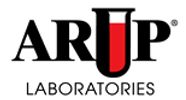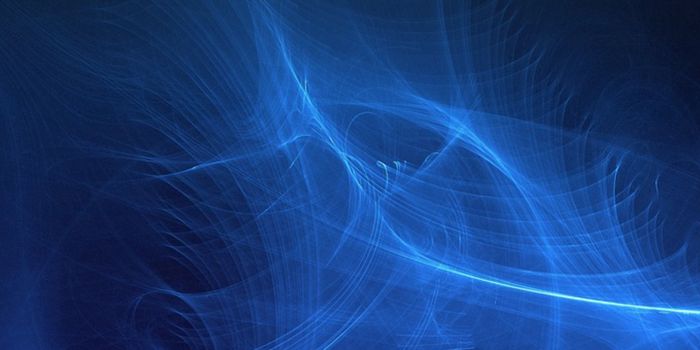Rethinking What we Know About Gene Control
You may have heard the basic theory of gene expression - cellular machinery transcribes active genes from genomic DNA into a molecule called messenger RNA, which the cell translates into protein. Scientists at the Massachusetts Institute of Technology and the Whitehead Institute for Biomedical Research have been investigating the details of that process and are making some interesting observations. Their work has indicated that as DNA is transcribed into RNA, special droplets called condensates are formed, but they only pop up in certain places in the genome. This suggests that the droplets are part of how gene expression is controlled in different cell types.
Reporting in Molecular Cell, the researchers have identified physical interactions between DNA and proteins that can help show why these droplets often cluster around a feature of the genome called super enhancers. Enhancers don’t code for protein; they help control the expression of other genes.
"This study provides a fundamentally important new approach to deciphering how the 'dark matter' in our genome functions in gene control," said one of the senior study authors Richard Young, an MIT professor of biology and Whitehead Institute member.
In recent years, scientists have suggested that cells are more than a mess of different stuff floating around at random. Cells seem to use a phenomenon called phase separation to separate different things into specific parts of the cell. Previous work by members of this research team has suggested that transcription factors generate droplets called phase-separated condensates. They went on to show that these special drops form near super-enhancers, especially those that help cells carry out functions that are unique to their type. The droplets appear to attract cellular machinery that transcribes DNA into RNA.
"We had demonstrated that the transcription machinery forms liquid-like droplets at certain regulatory regions on our genome, however we didn't fully understand how or why these dewdrops of biological molecules only seemed to condense around specific points on our genome," said lead study author and graduate candidate Krishna Shrinivas.
The scientists analyzed how interactive forces between different proteins or DNA work together, enabling the formation of the droplets. Different kinds of cells that carry out their own set of functions also have different transcription factors that bind to different enhancers. If a lot of transcription factors gather around an enhancer, there are more weak interactions. The researchers suggested that after an interaction threshold is met, droplets form. This would happen in a matter of seconds or minutes, after which they could disperse - based on the needs of the cell.
"It's an on-demand biochemical factory that cells can form and dissolve, as and when they need it," said a study senior author, Arup K. Chakraborty, the Robert T. Haslam Professor in Chemical Engineering. "When certain signals happen at the right locus on a gene, the condensates form, which concentrates all of the transcription molecules. Transcription happens, and when the cells are done with that task, they get rid of them."
"This is a very exciting turn in the field of cell biology," said study senior author Phillip Sharp, an MIT Institute Professor. "It is a whole new way of looking at biological systems that is richer and more meaningful."
Sources: AAAS/Eurekalert! via MIT, Molecular Cell









